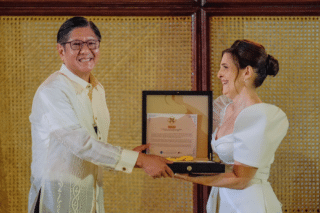In his column “Danger is a social construct” (Opinion, 11/17/13), Prof. Randy David said, “Human consciousness has no direct access to the reality out there. The information we have about the world is unavoidably a product of the specific ways in which our minds process the data provided by our senses and by whatever instruments we use to extend these senses. And that processing is largely shaped by self-contained social systems of communication by which we make sense of and communicate with one another about the world.”
I would rather believe this than Pagasa’s statement that “Filipinos don’t follow unless they experience the disaster.”
I believe a big part of the calamity was caused by a problem in communication—of some people knowing the danger but failing to communicate this effectively enough to have saved more lives.
This is precisely the problem we tackled in my Grade 8 Filipino class last week. How could we say “storm surge” in a way that people will run for their lives? “Daluyong” might be an accurate translation, but it might not be clear enough to most people to be effective. Could we say “pagtaas ng dagat,” “paglamon ng dagat sa lupa,” “pagsasalupa ng dagat,” or “bahang mula sa dagat”? Would these have saved more people from calamity?
I appreciate how Pagasa, media agencies and local governments have been working together to provide what seems to me the most accurate and accessible information about typhoons ever in our country’s history. But we need to help people project not just the typhoon’s vital statistics but possible disaster scenarios. I suggest that weather reports show not just maps and satellite images but animated simulations of what might actually happen in disaster-prone areas. This might be a strong enough nudge to bring our relatives, friends and countrymen into evacuation centers and out of harm’s way.
—PAOLO VEN B. PACULAN, Filipino teacher, Ateneo de Manila Junior High School




